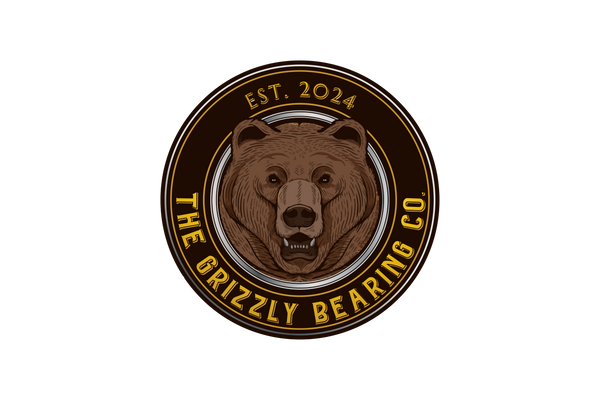Part 2: Pre-Purchase Bearings Check for Used Bikes
Share

Last week, the Blog covered how to inspect a bike that you're looking to buy second-hand.
We spoke about all areas of the bike....other than the Bearings.
This is due to the sheer amount of info we can give you about them, so we thought it wise to dedicate an entire Blog post to one of the smallest components on a bike.
Furthermore, if you're checking out an MTB that has a lot of pivot bearings (some can go all the way up to 14-16 pivot bearings), then missing problems with them could be very costly when you take into account replacing the bearings, purchasing the bearing tools to replace the bearings on your own or paying a bike shop to replace them for you....... and that's if they can be replaced. If they're seized you're looking at buying brand new components.
The Checks
Below you'll find quick checks that you can carry out to see if there is play in the bearings or determine if they're seized.
First up, we'll cover pivot bearings (MTB bikes) and then move on to the other areas of your bike that use bearings (applicable to all bikes).
MTB - Pivots
Using the saddle to check for play
Lift your saddle (slightly) to check for movement; if there's play, you'll feel any movement here. That's not to say that it's, definitely, the pivot bearings so, now, it's a process of elimination.
First thing to check is the Shock eyelet inserts. These are designed to wear so that your shock doesn't wear. If the shock eyelet inserts are worn then the play could be coming from here and not the bearings. If the eyelets look okay, then chances are it's the bearings.
(NOTE: If the bike has a dropper post, some slight movement in that may, also, be confused for bearing play so double check that, too)
Back-End Check
Sound Check
Bearing Checks for all Bikes
Headset Bearings
Movement and Play Test: Put the handle bars side on, put your hand at the top of the head tube where it meets the headset spacers, apply the front brake and move the handlebars forwards and backwards and if you feel any play then the headset needs adjusted. Check if there is roughness and if there is, the bearings need replaced.
The Wobble Check: Lift the front wheel and turn the handlebars slowly. They should move smoothly without any notchy feeling or loose play.
The Visual Inspection: Look for rust stains around the headset area.
Bottom Bracket Bearings
These bearings face constant pressure from your pedalling and need regular attention so you want to check that the seller has been taking care of them.
You will want to check the following:-
- When you're taking the bike for a test ride, listen for any creaking when pedalling;
- When inspecting the bike, listen and feel for grinding when spinning the cranks and check to see if there is side to side play in the cranks
If there have been problems noted with the Bottom Bracket then the course of action will depend on the type of Bottom Bracket.
The majority of Bottom Brackets are a consumable item so when there are issues with the bearings, it is easier and more cost-effective to replace the whole bottom bracket, so you may have to factor in the cost of a new one if you buy the bike.
There are some bottom bracket systems where the bearings are mounted directly to the frame e.g. BB30, BB90 or the BMX mid-style bottom bracket. These bearings would be replaced as they are not encased in cups that either thread or press into the frame itself; the bearings are the bottom bracket that fit directly to the frame.
Hub Bearings
See last week's post for information on checking wheels and hubs.
Jockey Wheel Bearings
Jockey wheels contain two small bearings, one per jockey wheel. Most standard jockey wheels contain a bushed bearing. While tiny, these bearings are crucial for smooth shifting.
Check for:-
- Jockey wheels that don't spin freely
- Visible wear or damage
- Side to side play
The jockey wheels can be replaced completely as opposed to servicing so consider this if you find issues.
Pedal Bearings
Pedals can come sealed or unsealed. Unsealed pedals are the cheaper option and can be serviced but are, really, a replaceable item. It would be more cost effective to replace your pedals than have them serviced. Sealed pedals are the more expensive option but have the ability to be serviced by replacing their cartridge bearings or bushes.
Prior to your visit, check the type of pedals on the bike so you can determine a rough cost of replacement or servicing (if there are any issues).
What to listen out for during your test ride:
- Unsealed pedals can develop a rattle and become loose on the pedal axle.
- Sealed pedals can do the same but you have option to strip and service these.
